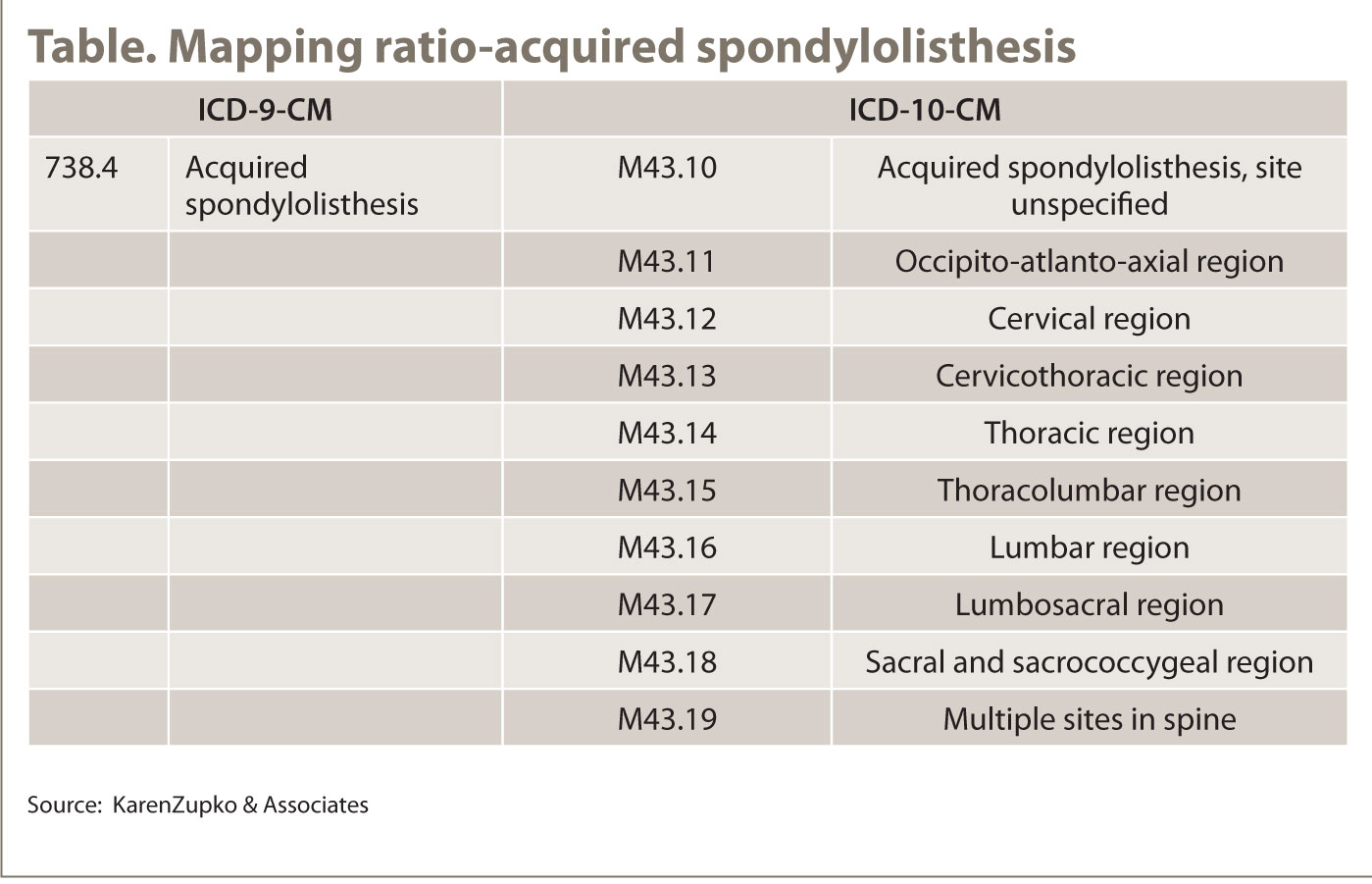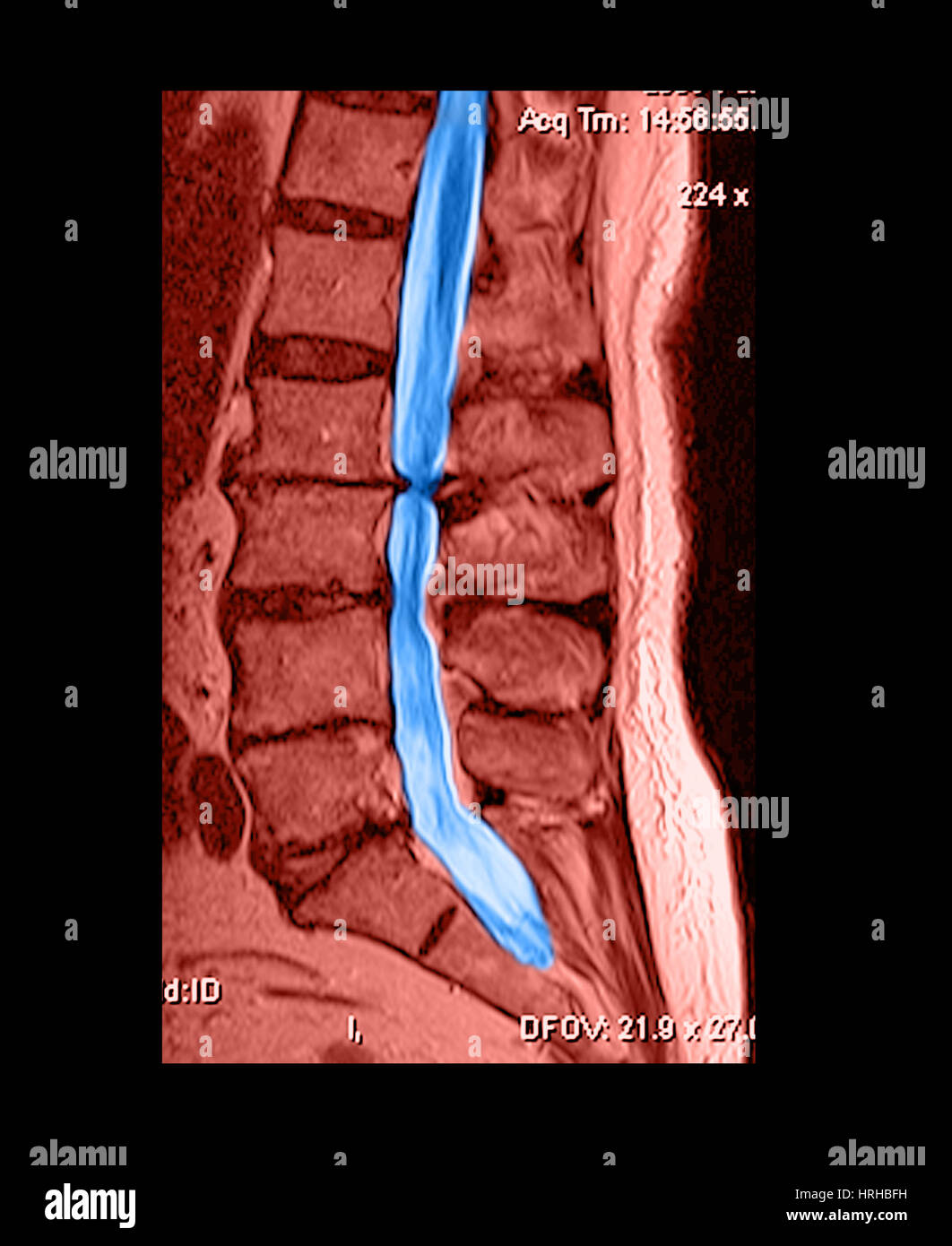Decoding DJD Lumbar Spine: Understanding The ICD-10 Code And Your Back Pain
Feeling a persistent ache in your lower back? Has your doctor mentioned "degenerative changes" in your spine, leaving you wondering what that truly means for your health? You are not alone in this experience, as a matter of fact, many people find themselves in a similar spot, trying to make sense of medical terms. It can feel a bit overwhelming, trying to piece together information about conditions like degenerative joint disease, often called DJD, especially when it affects something as central as your lumbar spine. This common condition touches millions of people, making everyday movements a real challenge, so you know, it's a big topic.
Our bodies, you see, are amazing, but sometimes the protective cushion between our bones, that cartilage, starts to wear down. This process, when it happens in your spine, is what doctors often call degenerative changes. It's essentially osteoarthritis, which is the most common kind of arthritis, affecting folks all over the globe. The main things you might notice are joint pain and a feeling of stiffness, which, sadly, tends to get a little worse as the years go by. It's like your spine's natural shock absorbers are just not quite as springy as they once were, you know?
When you get a diagnosis like DJD in your lumbar spine, there's also a specific code that goes with it, a kind of shorthand doctors and medical facilities use for record-keeping and billing. This is the ICD-10 code, and it helps everyone involved understand the exact nature of your condition. Knowing about the djd lumbar spine icd 10 code can actually help you understand your medical records a bit better and even give you a clearer picture of what your doctor is talking about, which is pretty useful, honestly.
Table of Contents
- What Exactly is DJD Lumbar Spine?
- Spotting the Signs and Getting a Diagnosis
- Understanding the DJD Lumbar Spine ICD-10 Code
- Managing DJD in Your Lumbar Spine
- Frequently Asked Questions About DJD Lumbar Spine
- Next Steps for Your Back Health
What Exactly is DJD Lumbar Spine?
So, when your doctor says you have "degenerative changes in your spine," they are basically talking about osteoarthritis of the spine. This is what DJD, or Degenerative Joint Disease, refers to when it's located in your lower back, the lumbar spine. It’s a pretty common occurrence, especially as we get a bit older, which is that, just a natural part of life for many, you know?
The Basics of Osteoarthritis
Osteoarthritis, in its simplest form, happens when the protective cartilage that cushions the ends of your bones starts to wear away. This cartilage is like a smooth, slippery surface that allows your joints to glide easily. When it gets thin or disappears, bones can rub against each other, which can cause pain and stiffness, so it's a big deal for comfort. This wear and tear is why it's called "degenerative," meaning it gradually gets worse over time, typically.
Where It Happens in Your Back
The lumbar spine is your lower back, the part that bears a lot of your body's weight and allows for movement like bending and twisting. In this area, DJD can affect the small facet joints that connect your vertebrae, or the discs between them. These joints, you know, are very important for movement and support, so when they are affected, it can really be felt. The issues here can sometimes even impact the joints where your lower spine meets your pelvis, causing pain that radiates a little, or so it seems.
Spotting the Signs and Getting a Diagnosis
Recognizing the signs of DJD in your lumbar spine can be the first step toward finding some relief. The symptoms can vary from person to person, but there are some common threads that often pop up. It’s important to pay attention to what your body is telling you, basically.
Common Feelings and Sensations
The main things people report with this condition are joint pain and stiffness. This stiffness, you know, often feels worse after periods of rest, like first thing in the morning or after sitting for a long time. It typically eases up a bit once you start moving around. The pain can be a dull ache or, for some, a sharper sensation, especially with certain movements. It's like your back is just not as flexible or comfortable as it used to be, or so it feels.
How Doctors Figure It Out
Your doctor will usually start by asking you about your symptoms and doing a physical check-up. They will look at your range of motion and where you feel pain. While there isn't a single blood test for osteoarthritis itself, certain lab tests can help rule out other causes of joint pain, like rheumatoid arthritis, which is an ongoing condition causing inflammation in joints and sometimes other body parts. Imaging tests, like X-rays, are actually very helpful for seeing the changes in your bones and joints that point to DJD, you know, the wear and tear.
Understanding the DJD Lumbar Spine ICD-10 Code
When you get a diagnosis, it’s not just a name for your condition; it also comes with a special code. This code is part of a system used globally, and it’s a really important tool in healthcare. Knowing a bit about it can demystify some of your medical paperwork, you know?
What Are ICD-10 Codes, Anyway?
ICD-10 stands for the International Classification of Diseases, 10th Revision. It's a system developed by the World Health Organization (WHO) that assigns codes to diseases, signs and symptoms, abnormal findings, complaints, social circumstances, and external causes of injury or diseases. These codes are used by doctors, hospitals, and public health agencies for things like tracking health trends, billing, and research. They are, in a way, a universal language for health conditions. You can learn more about this system from the World Health Organization's website, which is a very good resource.
The Specific Code for Your Lower Back
For degenerative joint disease in the lumbar spine, the ICD-10 code typically falls within the M47 series, which covers spondylosis. For instance, a common code related to degenerative changes or osteoarthritis in the lumbosacral region (your lower back) might be M47.816. This particular code, you see, refers to "Other spondylosis with myelopathy, lumbosacral region." However, depending on the exact details of your condition, your doctor might use a slightly different code within that M47 range, like M47.9X6 for "Spondylosis, unspecified, lumbosacral region," if the specific complications like myelopathy are not present. The codes are very, very precise, actually.
Why This Code Matters to You
This code, the djd lumbar spine icd 10 code, is more than just a string of numbers and letters for medical records. It helps ensure that your diagnosis is accurately recorded, which is vital for your ongoing care. It also plays a role in how your insurance processes claims for treatments, medications, and physical therapy related to your condition. Knowing the code can give you a better grasp of your medical bills and statements, so you can see exactly what is being addressed, which is pretty helpful, really. It’s a key piece of information that connects your symptoms to a recognized medical condition, basically.
Managing DJD in Your Lumbar Spine
Living with DJD in your lumbar spine means finding ways to manage the symptoms and maintain your quality of life. While there's no way to reverse the wear and tear on cartilage, there are many approaches that can help you feel better and keep moving. It's about finding what works best for you, you know, for your body.
Everyday Tips for Comfort
Staying active, but not overdoing it, is often recommended. Gentle exercises like walking, swimming, or cycling can help keep your joints flexible and strengthen the muscles around your spine, which offers support. Applying heat or cold packs can also bring some relief from pain and stiffness. Maintaining a healthy body weight helps reduce the stress on your lower back joints, which is, honestly, a big deal. Simple changes in how you sit, stand, and lift can also make a noticeable difference in your daily comfort, too it's almost a given.
When to Talk to Your Doctor
It's always a good idea to talk to your doctor about your symptoms and any changes you notice. They can help you develop a personalized management plan, which might include specific exercises, physical therapy, or medications to help with pain. If you experience new or worsening pain, weakness, or numbness, or if your symptoms begin to affect your daily activities significantly, it’s important to reach out to your healthcare provider promptly. They can guide you on the next steps, you know, for your health journey.
Frequently Asked Questions About DJD Lumbar Spine
Here are some common questions people often have about degenerative joint disease in the lumbar spine, so you know, to help clear things up a bit.
Q1: What does "degenerative changes in my spine" mean, exactly?
A: When your doctor talks about "degenerative changes" in your spine, it refers to osteoarthritis of the spine. This means the protective cartilage cushioning the ends of your bones in your spine has started to wear down over time, which is a common process, actually. It's the same basic idea as osteoarthritis in other joints, like your knees or thumbs, which can also cause pain and make simple tasks difficult, like turning doorknobs.
Q2: Is there a blood test to diagnose DJD in the lumbar spine?
A: No, there isn't a specific blood test that directly diagnoses osteoarthritis, including DJD in the lumbar spine. However, your doctor might use lab tests, like blood tests or joint fluid analysis, to help rule out other conditions that cause similar symptoms, such as rheumatoid arthritis or other types of inflammatory arthritis. This helps them confirm that it is indeed DJD, basically.
Q3: Does DJD in the lumbar spine always get worse?
A: While DJD is a progressive condition, meaning it tends to worsen over time, the rate at which it progresses varies greatly from person to person. Many people find ways to manage their symptoms effectively and maintain a good quality of life. Things like staying active, maintaining a healthy weight, and following your doctor's advice can help slow down the progression and manage discomfort, which is pretty encouraging, you know.
Next Steps for Your Back Health
Understanding your diagnosis, including the djd lumbar spine icd 10 code, is a powerful first step in managing your back health. Knowing what's happening in your body allows you to have more informed conversations with your healthcare team and make choices that support your well-being. If you are experiencing symptoms or have questions about your diagnosis, reaching out to your doctor is always the best course of action. They can provide personalized advice and support, which is very important, really.
You can learn more about arthritis and joint health on our site, and find more information related to specific conditions on this page . Taking charge of your health information is a really good thing, you know, for your future comfort and mobility.

Icd 10 Code For Lumbar Spine Post Op Seroma

What is the ICD-10 code for disc lumbar spine? - Health Blog

Djd lumbar spine hi-res stock photography and images - Alamy